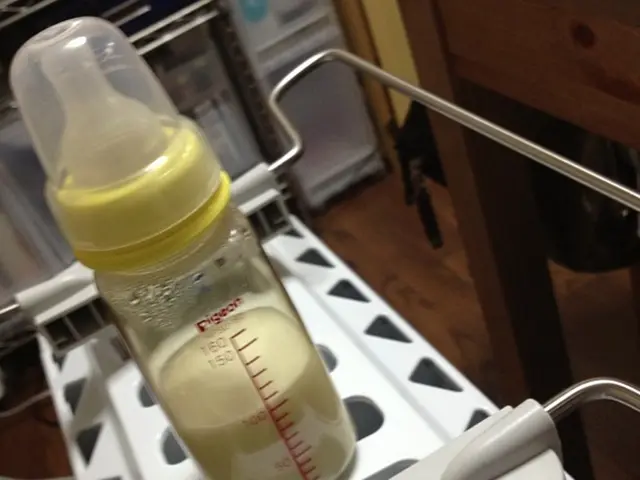Highlighting UV Ray Resistance: GaGa
================================================================================
In recent times, a concerning misconception about sunscreen has been gaining traction on popular social media platforms like Instagram and TikTok. This belief, promoted by self-taught preachers and influencers, suggests that sunscreen lotions and creams are harmful, potentially leading some to avoid their use and opt for unprotected sunbathing instead.
This misconception poses significant health risks, as unprotected sun exposure increases the risk of skin cancer, premature aging, and sunburn, a sign of immediate DNA damage and potential long-term skin damage.
Health Risks of Unprotected Sun Exposure
Skin cancer, including basal cell carcinoma, squamous cell carcinoma, and melanoma, the deadliest form, is one of the most serious health risks associated with unprotected sun exposure. The risk of skin cancer is expected to rise by 40% in the next 25 years due to increased UV exposure.
UV rays can also cause premature aging, leading to fine lines, wrinkles, and age spots on the skin. Sunburn, a warning sign of potential skin damage from the sun, increases the lifetime risk of skin cancer, especially in younger years.
Misconceptions About Sunscreen
One common misconception is that sunscreen prevents tanning entirely. However, even with sunscreen, UV rays can still penetrate the skin, leading to tanning, which is a sign of skin damage, not a healthy glow.
Another misconception revolves around the safety of sunscreen ingredients. While some ingredients may raise concerns, the overwhelming consensus from dermatologists and health organizations is that the benefits of sunscreen use far outweigh any potential risks when used as directed.
Promoting Safe Sun Practices
To mitigate these health risks, it's crucial to promote and practice safe sun behaviors:
- Use Sunscreen Correctly: Apply sunscreen with at least SPF 30 daily, even on cloudy days, and reapply every two hours or after swimming or sweating.
- Protective Clothing and Shade: Wear protective clothing and seek shade when the sun is strongest.
- Avoid Tanning Beds: Tanning beds pose similar risks to unprotected sun exposure and are linked to skin cancer and premature aging.
By dispelling misconceptions and promoting evidence-based sun safety practices, the spread of harmful beliefs on social media can be counteracted. Basic knowledge about the sun's UV rays should protect against the misinformation about sunscreen.
Science demonstrates the necessity of sunscreen in daily skincare routines for health-and-wellness, particularly in combating the risks associated with unprotected sunlight exposure. Skin-care products containing sunscreen shield the skin from dangerous UV rays, preventing the onset of skin cancer, premature aging, and sunburn.




